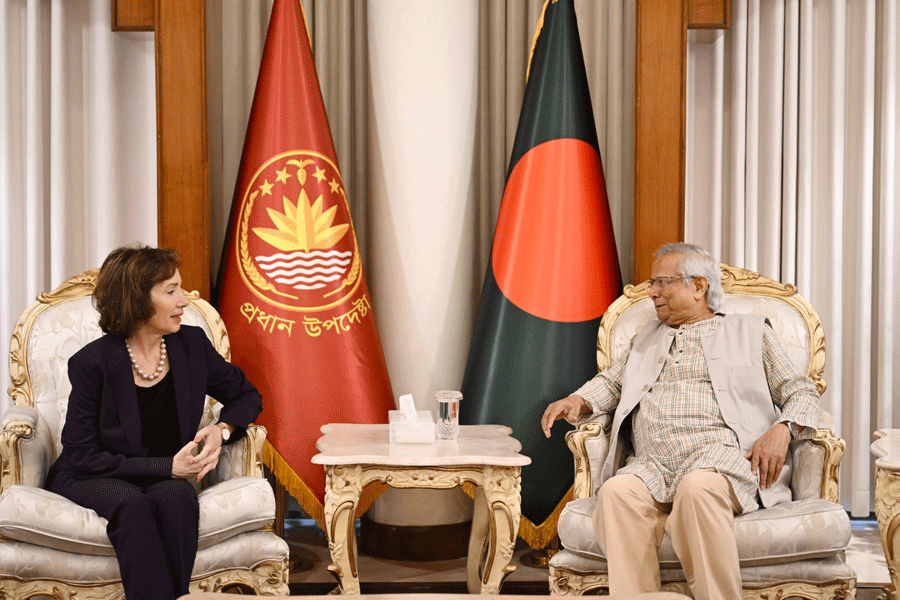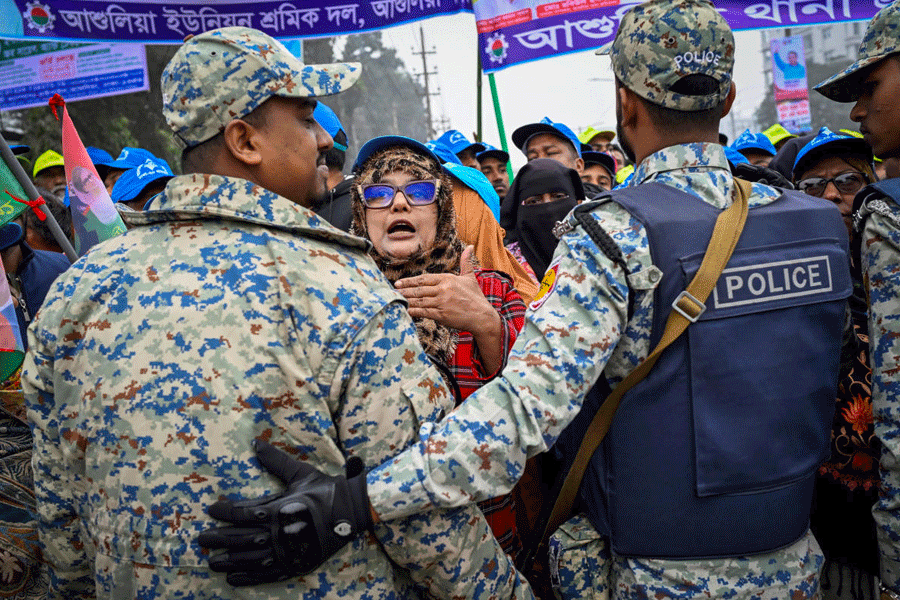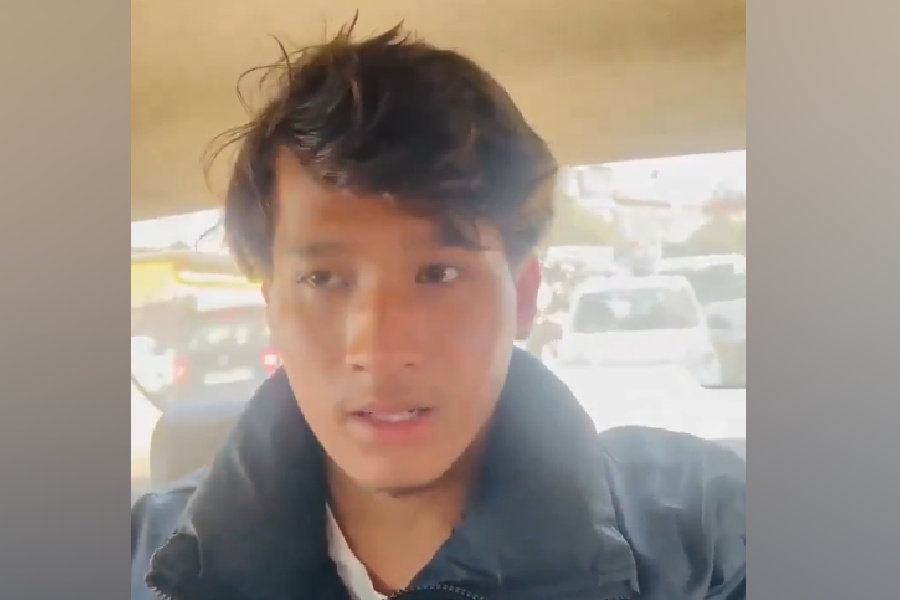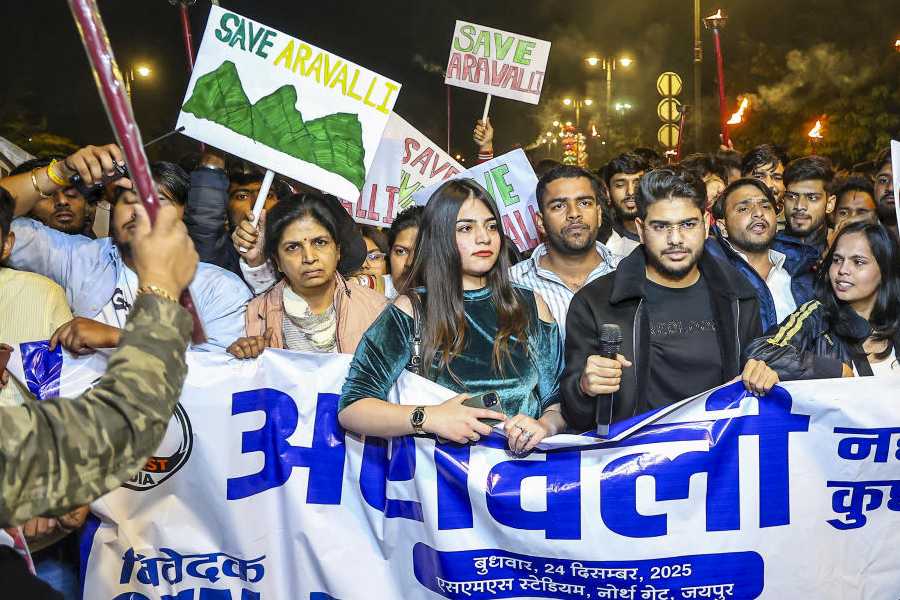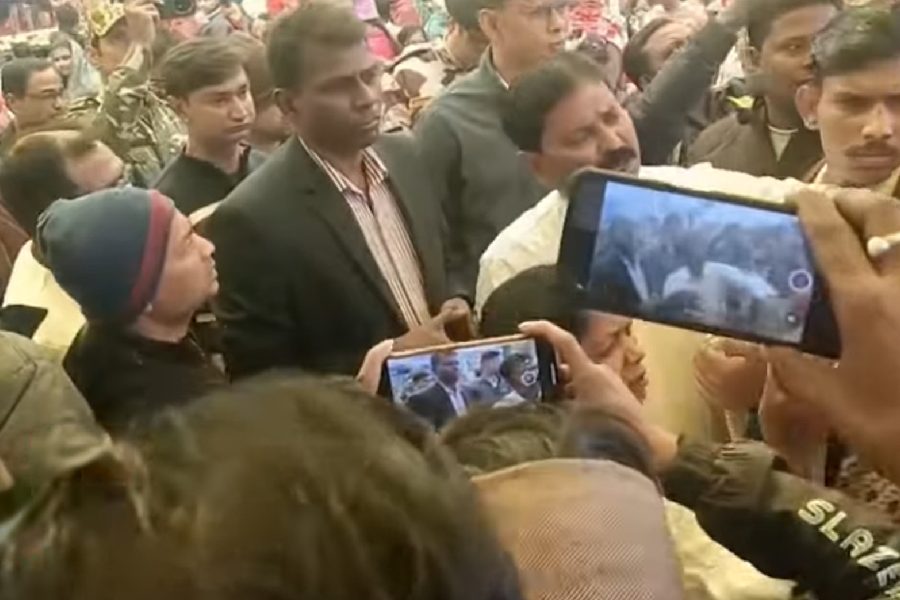 | Guest Column P.G. Rama Rao |
In the second week of January 1986, I received an invitation from the principal of Karanjia College to address the students’ union. The letter carried a courteous postscript that my family was welcome there.
I had never before been to Keonjhar and Mayurbhanj districts and looked forward to the trip with considerable interest. On 29th morning a functionary of the students’ union came in an Ambassador car to escort us to Karanjia, and we set out from Bhubaneswar around 9 am. Our escort was a sweet lad though a little naïve and wordy. He tried to educate us about the way people lived in rural Orissa. He would point to a well or borewell and remark, “That’s our water supply system” and, pointing to a woman holding a broom, he would comment, “That’s our cleaning tool,” as if we were visitors from the other side of the globe or from another planet. We passed through a few tribal villages and were impressed with the clean surroundings and the beautiful handicrafts displayed in their weekly fairs.
After passing through Jajpur road, Anandpur, and Panikoili, we reached Ghatgaon, where the famous Goddess Tarini Maa, was worshipped in a nice quiet place. There was no temple, only a small image under a tree in an open place. After passing through Keonjhar we crossed a rivulet, which marked the boundary between Keonjhar and Mayurbhanj districts. The town of Karanjia was on the other side of the river.
When we reached the college around 3pm, principal Suryamani Behera received us. After the meeting, we were treated to dinner at the house of Shri Lal Birendranath Sahadeo, head of the English department, who belonged to a distinguished family of the district. His father, Shri Lal Loknath Sahadeo, was a famous hunter reputed to have shot about 200 tigers. There were tiger skins and antelope heads on the walls in their reception hall.
Next morning we drove to Joshipur, 27km from Karanjia, on the periphery of the Similipal forest, famous for its tiger reserve. Joshipur made international news when the late Padmashri Saroj Raj Choudhury, founder field director of Project Tiger, brought up a tigress called Khairi like his own daughter. She moved freely in his house like a pet cat, and the visitors were encouraged to cuddle and fondle her as she snuggled close to them. She was a foundling, picked up by Shri Choudhury on the banks of the Khairabandhan, and named after the river. Shri Choudhury reared the ferocious wild cat as an experiment in establishing a rapport with wild beasts. The bond between the man and the beast was so strong that Shri Choudhury did not live long after the death of Khairi.
We made a tour of the crocodile sanctuary, where there were 64 crocodiles, big and small. It was a rare opportunity to watch those seemingly lethargic but incredibly alacritous and fast monsters from close quarters.
We then drove to the town of Khiching, the capital of Bhanja rulers for four centuries, (8th to 12th centuries AD). It is about 150km from Baripada, headquarters of Mayurbhanj district.
According to legend there were eight ancient temples of which only three have survived, two in ruins and one rebuilt. The rebuilt temple is dedicated to Shri Kichakeswari, family deity of the Bhanja rulers. The deity is said to have been worshipped by the redoubtable Kichaka of Mahabharata fame. He was compared to Bhima and Balarama in strength and valour. The ruins of two massive forts known as Virat garh and Kichaka garh, which were discovered in the excavations of 1922, could be seen at a distance. Curiously enough, the Indus Valley excavations were also conducted around the same time (1922). There was a museum nearby, in which beautiful ancient images, potteries, and ornaments studded with precious stones discovered in Virat garh and Kichaka garh were on display. There were several gem-incrusted ornaments and a short sword with a glittering handle studded with precious stones. It is said to have been used by Kichaka.
We were told that pearls and little pieces of gold could still be found here and there on the banks of the river. Even as we were being given this piece of information, there were a few people searching for something or other on the river bank at a distance.
After losing their kingdom and all their wealth in a game of dice, the Pandavas spent 12 years in a forest and a year incognito thereafter. According to the epic, it was in King Virat’s court that they lived in disguise. The presence of the ruined forts of Virata and Kichaka, the ruined nata mandir (nartana shala or dance hall) where Bhima killed Kichaka, and Bhimkhund nearby, where Bhima used to bathe, point to the Mahabharata connection.
As we were taking a photo of the beautiful façade of Shri Kichakeswari temple, some people told us that it was a sacrilege to photograph the temple from the front and the Goddess would punish us. My wife was a little worried as we had already committed that “sacrilege”.
On our way back, a heavily laden truck almost collided with our car, and my wife said that it was due to Kichakeswari’s wrath. I said to myself, “God (or Kichekeswari, if you like) has saved us.” It was a matter of point of view — whether the cup was half-full or half-empty and whether the rose was amid thorns or the thorns were around the rose. I kept my views to myself remembering T.S. Eliot’s wise words, “Everything is true in a different sense.”
Did the Pandavas really live incognito in Khiching? Was it really the land of Virat and Kichaka? Was the Mahabharata story fact or fiction? Lord Krishna’s city of Dwaraka had been dismissed as fictitious until Dr S.R. Rao, the famous marine archaeologist, came along and proved by his underwater explorations that it did exist about 5,000 years ago. The bridge built by Lord Rama and his monkey troops had been dismissed out of hand until a satellite photo showed the bridge under the sea water. The government of Sri Lanka is reported to be earning a lot of foreign exchange by organising a tour of the places mentioned in Ramayana like the ruins of Ravana’s palace, the place where Pushpaka aircraft was kept, the gigantic grave of Ravana, the Ashoka garden where Sita was confined and other places.
If Lord Krishna’s Dwaraka and Lord Rama’s setu (bridge) were facts, the Pandavas’ sojourn in disguise in Virat garh or Khiching could also be a fact. Independent India has a cultural responsibility to conduct major archaeological excavations in Khiching, Kurukshetra, Delhi, Mathura, Brindavan and other places to retrieve our past glory.


